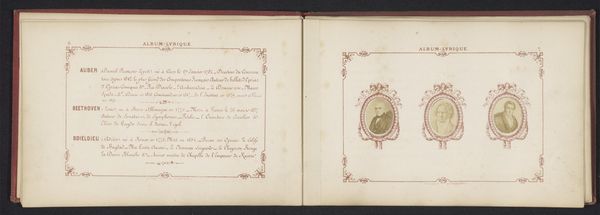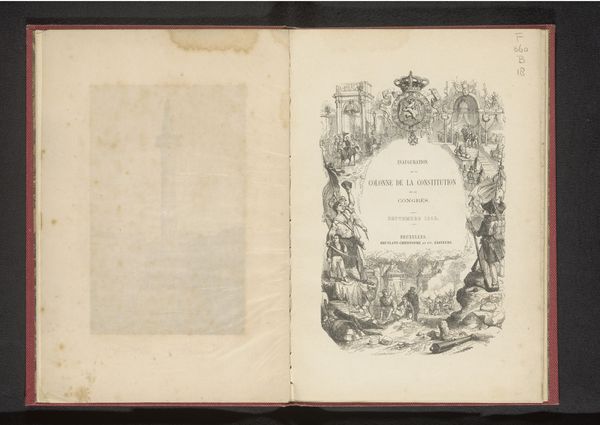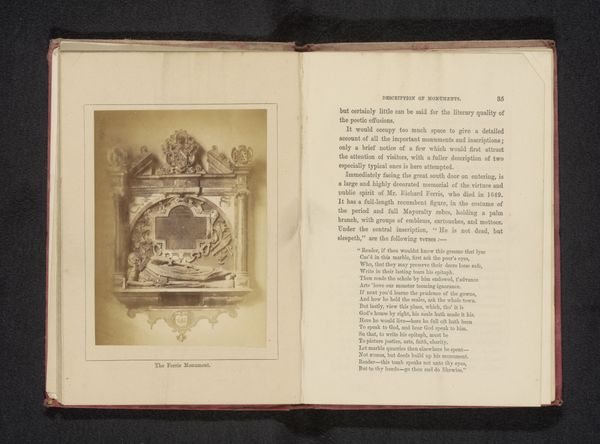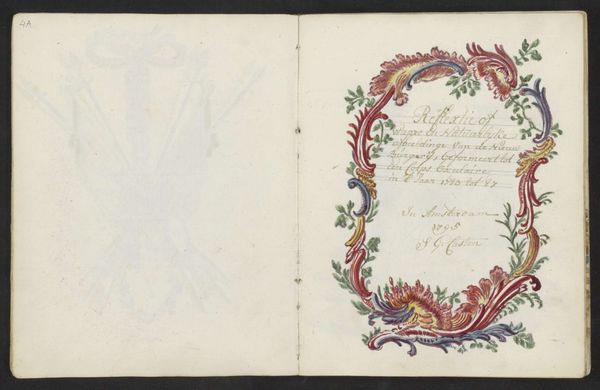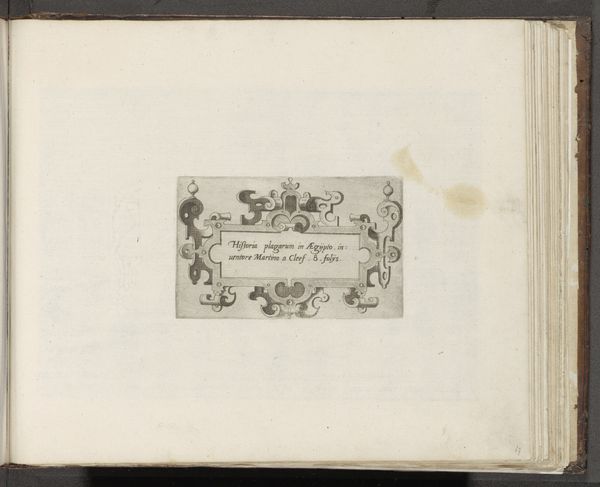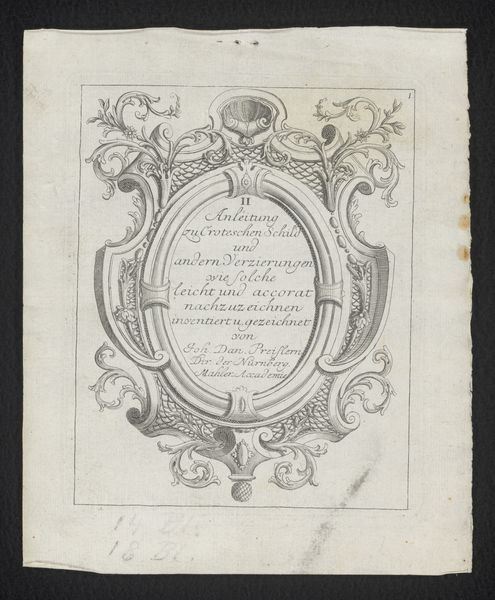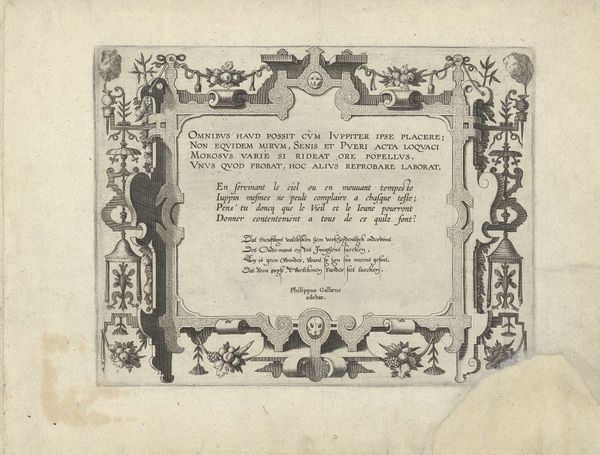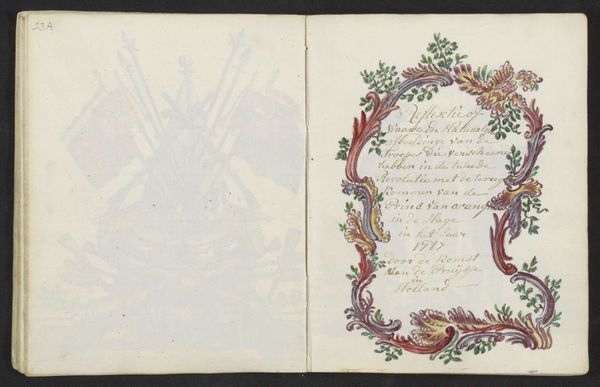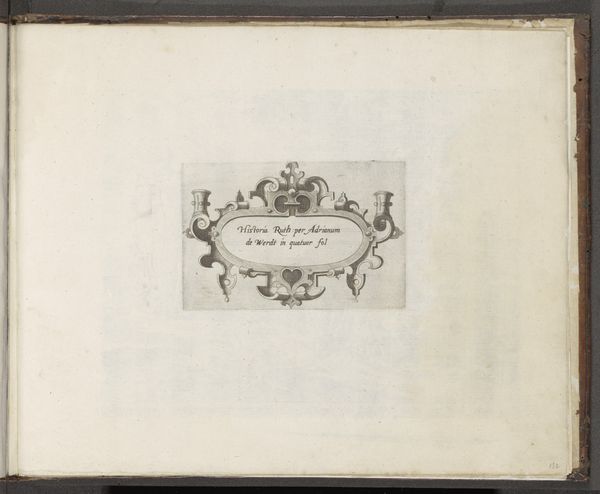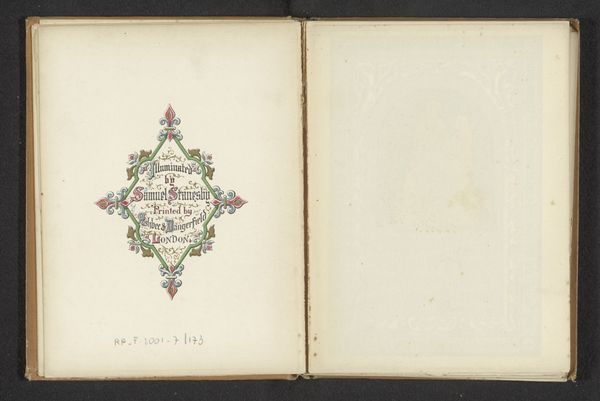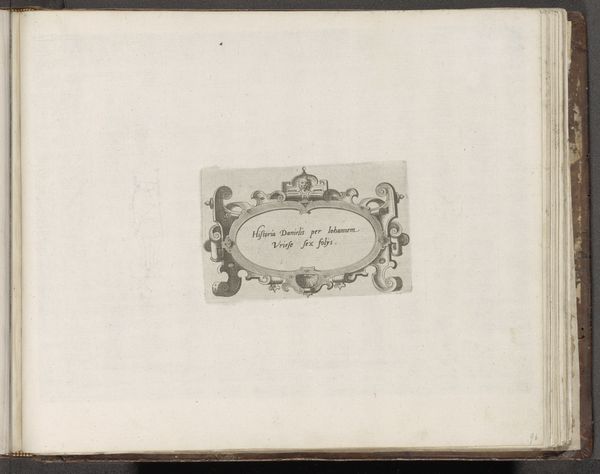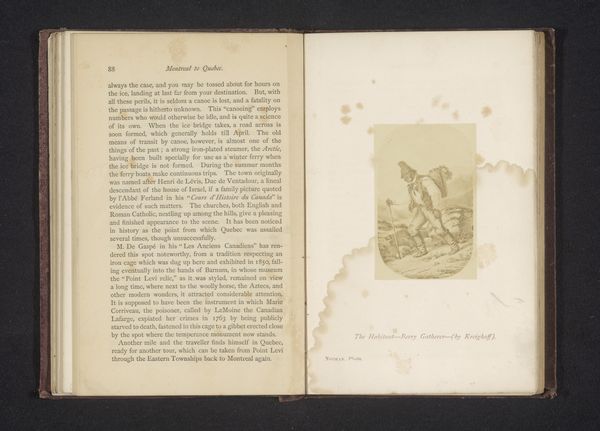
Drie fotoreproducties, voorstellende portretten van Giulia Grisi, Gabrielle Krauss en Luigi Lablache c. 1858 - 1868
0:00
0:00
print, photography, albumen-print
#
portrait
#
still-life-photography
# print
#
photography
#
albumen-print
Dimensions: height 150 mm, width 227 mm
Copyright: Rijks Museum: Open Domain
Curator: This page, originating circa 1858-1868, presents three photographic portrait reproductions within an album. The albumen prints depict Giulia Grisi, Gabrielle Krauss, and Luigi Lablache, all figures of the opera world. What’s your immediate take? Editor: It feels almost…sepulchral? They're framed like relics, each a pale echo in those elaborate oval mounts. Very formal, but also whispers of something intensely human locked within. They appear contained like specimens almost. Curator: Precisely. Early photography often carries that air. These weren't candid shots, but carefully staged representations intended to project a certain image. We must recall photography's infancy here—the sitter was highly self-conscious. They represented opera celebrities, so there would have been the expectation of them embodying that within their photograph. Editor: And the framing? The floral decoration feels so intentional. Are they mourning jewelry, like tiny Victorian mementos? Is this an elegy? The elaborate designs clash amusingly with the very basic photos. I feel as though they were desperately attempting to turn them into high-end art. Curator: The presentation within an "Album Lyrique," directs our interpretation. It positions these portraits not simply as likenesses, but as collected trophies. In this period the celebrity image was actively cultivated. One must consider photography's impact on the construction of fame and artistry. Editor: Yes, it’s less about genuine representation, more about performance, really. Creating lasting images of people, accessible across different mediums and to a wider audience than ever before. Still, there’s a ghostly intimacy here, no matter the grandstanding around it. Curator: Indeed. This image serves as a potent reminder of the interwoven threads of art, technology, and the emergent culture of celebrity in the 19th century. Editor: I think my feeling is less of 'elegy' than 'preservation'. To embalm something you care for is a universal and enduring motivation, which I'm seeing displayed on this page of this antique album. It is moving in a sense, although a touch distant.
Comments
No comments
Be the first to comment and join the conversation on the ultimate creative platform.
